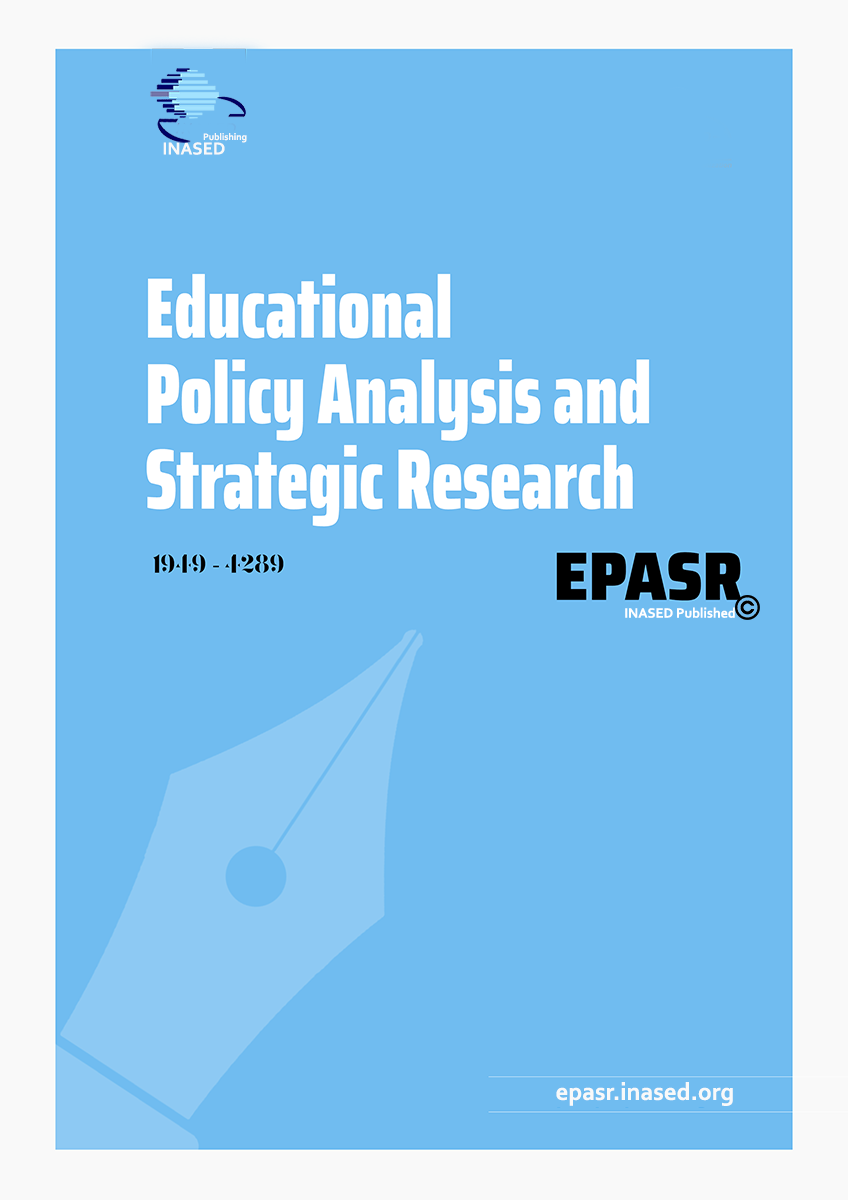- Allison, G. T., & Zelikow, P. (1999). Essence of decision: Explaining the Cuban Missile Crisis. [Google Scholar]
- Anderson, J. (2011). Public Policymaking: An Introduction. Boston: Houghton Mifflin. [Google Scholar]
- Arrow, K. (1950). "A Difficulty in the Concept of Social Welfare," Journal of Political Economy 58, no. 4 (August): 328-346. [Google Scholar]
- Barr, N. (2012). Economics of the Welfare State. Oxford University Press. [Google Scholar]
- Braybrooke, D., & Lindblom, C. E. (1963). A strategy of decision: Policy evaluation as a social process. New York: Free Press of Glencoe. [Google Scholar]
- Baumgartner, F. R., & Jones, B. D. (1993). Agendas and instability in American politics. Chicago: University of Chicago Press. [Google Scholar]
- Belfield, C., and Levin., H. (2005) Privatizing Educational Choice: Consequences for Parents, Schools, and Public Policy. London: Paradigm Publishers. [Google Scholar]
- Benoit, F. (2013). Public Policy Models and Their Usefulness in Public Health: The Stages Model. Montréal, Québec: National Collaborating Centre for Healthy Public Policy. [Google Scholar]
- Brewer, G. D., & DeLeon, P. (1983). The foundations of policy analysis. Pacific Grove, Calif: Brooks/Cole Pub. Co. [Google Scholar]
- Brewer, Garry D. (1974). “The Policy Sciences Emerge: To Nurture and Structure a Discipline.” Policy Sciences. Vol. 5, No. 3 (September): 239-244. [Google Scholar]
- Buchanan, J. M. & Tullock, G. (1962). The Calculus of Consent: The Logical Foundations of Constitutional Democracy. Ann Arbor, MI: University of Michigan Press. [Google Scholar]
- Cairney, P., & Jones, M. (2015). Kingdon's Multiple Streams Approach: What Is the Empirical Impact of this Universal Theory?. Policy Studies Journal, 44(1), 37-58. [Google Scholar]
- Chubb, J., & Moe, T. (1990). Politics, Markets and American Schools. Washington D.C.: The Brookings Institute. [Google Scholar]
- deLeon, P. (1999) "The Stages Approach in the Policy Process: What Has It Done? Where Is It Going? In Paul A. Sabatier, ed. Theories of the Policy Process. Boulder, Colo.: Westview. [Google Scholar]
- Fryer, R. (2012). Learning from the Successes and Failures of Charter Schools, in The Hamilton Project. Washington, D.C. [Google Scholar]
- Forester, J. (1984). “Bounded Rationality and the Politics of Muddling Through,” Public Administration Review, 44(1). [Google Scholar]
- Friedman, M., & Friedman, R. D., (2002) Capitalism and Freedom. Chicago: University of Chicago Press. [Google Scholar]
- Gershberg, A., Gonzalez, P. A., & Meade, B. (2012). “Understanding and Improving Accountability in Education: A Conceptual Framework and Guideposts from Three Decentralization Reform Experiences in Latin America”. World Development v. 40(5), p.1024-1041. [Google Scholar]
- Gruber, J. (2007). Public Finance and Public Policy. Worth Publishers, Incorporated. [Google Scholar]
- Habermas, J. (1984). The theory of communicative action. Boston: Beacon Press. [Google Scholar]
- Hausman, D. & McPherson, M. (1996). Economic Analysis, Moral Philosophy, and Public Policy. Cambridge University Press. New York, NY. [Google Scholar]
- Henig, J. (2009). Spin Cycle: How Research is Used in Policy Debates: The Case of Charter Schools. Russell Sage Foundation. [Google Scholar]
- Hirschman, A. (1982). Shifting Involvements. Princeton: Princeton University Press. [Google Scholar]
- Howlett, M., Ramesh, M. & Perl, A. (2009). Studying Public Policy: Policy Cycles and Policy Subsystems. New York: Oxford University Press. [Google Scholar]
- Ladd, H. (2002) “School Vouchers: A Critical View”. Journal of Economic Perspectives, Fall, p. 3-24. [Google Scholar]
- Lasswell, H. D. (1956). The Decision Process. College Park: The University of Maryland Press. [Google Scholar]
- Lindblom, C. E. (1959). The science of muddling through. [Google Scholar]
- Lipsky, M. (2010). Street-level bureaucracy: Dilemmas of the individual in public services. New York: Russell Sage Foundation. [Google Scholar]
- Kingdon, J. W. (2003). Agendas, alternatives, and public policies. New York: Longman. [Google Scholar]
- Mashaw, Jerry L., (1985). 'Prodelegation: Why Administrators Should Make Political Decisions', Journal of Law, Economics, & Organization. 81-100. [Google Scholar]
- Mintz, A., DeRouen, K. R., & Cambridge University Press. (2014). Understanding foreign policy decision making. Cambridge: Cambridge University Press. [Google Scholar]
- New York City Department of Education. (2015). Annual Comprehensive Review Report for Opportunity Charter School. New York: Department of Education. [Google Scholar]
- New York State Department of Education. (2015). The State of New York's Failing Schools. Albany, NY.: Office of Governor Cuomo. [Google Scholar]
- New York City Department of Education. (2018). “What are Charter Schools - About Charters”. Schools.nyc.gov. http://schools.nyc.gov/community/charters/about/what.htm [Google Scholar]
- Ostrom, E. (2000). Collective Action and the Evolution of Social Norms. The Journal of Economic Perspectives, 14(3), 137-158. Retrieved from http://www.jstor.org/stable/2646923 [Google Scholar]
- Ostrom, E. (2002). "Policy Analysis in the Future of Good Societies." The Good Society: A PEGS Journal 11(1):42-48. [Google Scholar]
- Parsavand, S. (1998). “Pataki pushes charter schools”. The Gazette. March 11, 1998 [Google Scholar]
- Peters, B. G. (2015). Advanced introduction to public policy. [Google Scholar]
- Pressman, J. L., Wildavsky, A. B., & Oakland Project. (1973). Implementation: how great expectations in Washington are dashed in Oakland: Or, Why it's amazing that Federal programs work at all, this being a saga of the Economic Development Administration as told by two sympathetic observers who seek to build morals on a foundation of ruined hopes. Berkeley: University of California Press. [Google Scholar]
- Ravitch, D. (2010). The death and life of the great American school system: How testing and choice are undermining education. New York: Basic Books. [Google Scholar]
- Sabatier, P. A. (2007). Theories of the Policy Process. 2nd Edit. Boulder, CO: Westview Press. [Google Scholar]
- Simon, H. (1986). “Rationality in Psychology and Economics,” The Journal of Business, 59(4). [Google Scholar]
- Stone, D. (2012). Policy Paradox: The Art of Political Decision Making, 3rd Edition, WW. Norton. [Google Scholar]
- Williams, L. & Liff, B. (1997). “Charters Make Sense for New York, Pataki Sez”. NY Daily News. January 13, 1997. [Google Scholar]
- Wohlstetter P., Wenning, R., & Briggs, K. L. (1995). “Charter Schools in the United States: The Question of Autonomy”. Educational Policy Vol. 9 No. 4. December 1995 page 331-335. [Google Scholar]
- Zott, L. (2012). School Funding. Farming Hills, MI: Greenhaven Press. [Google Scholar]
|


